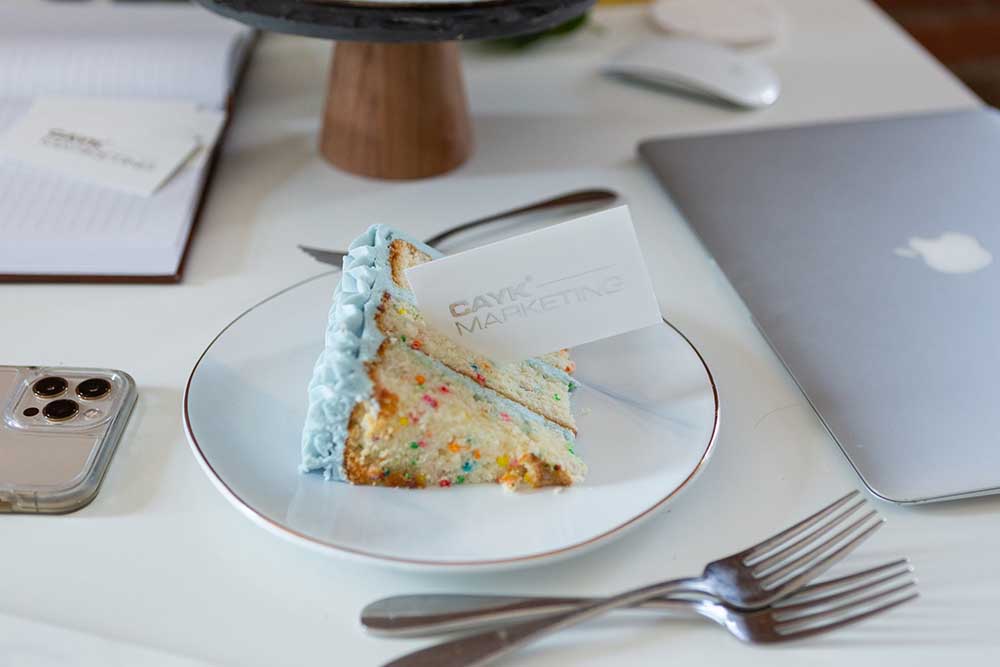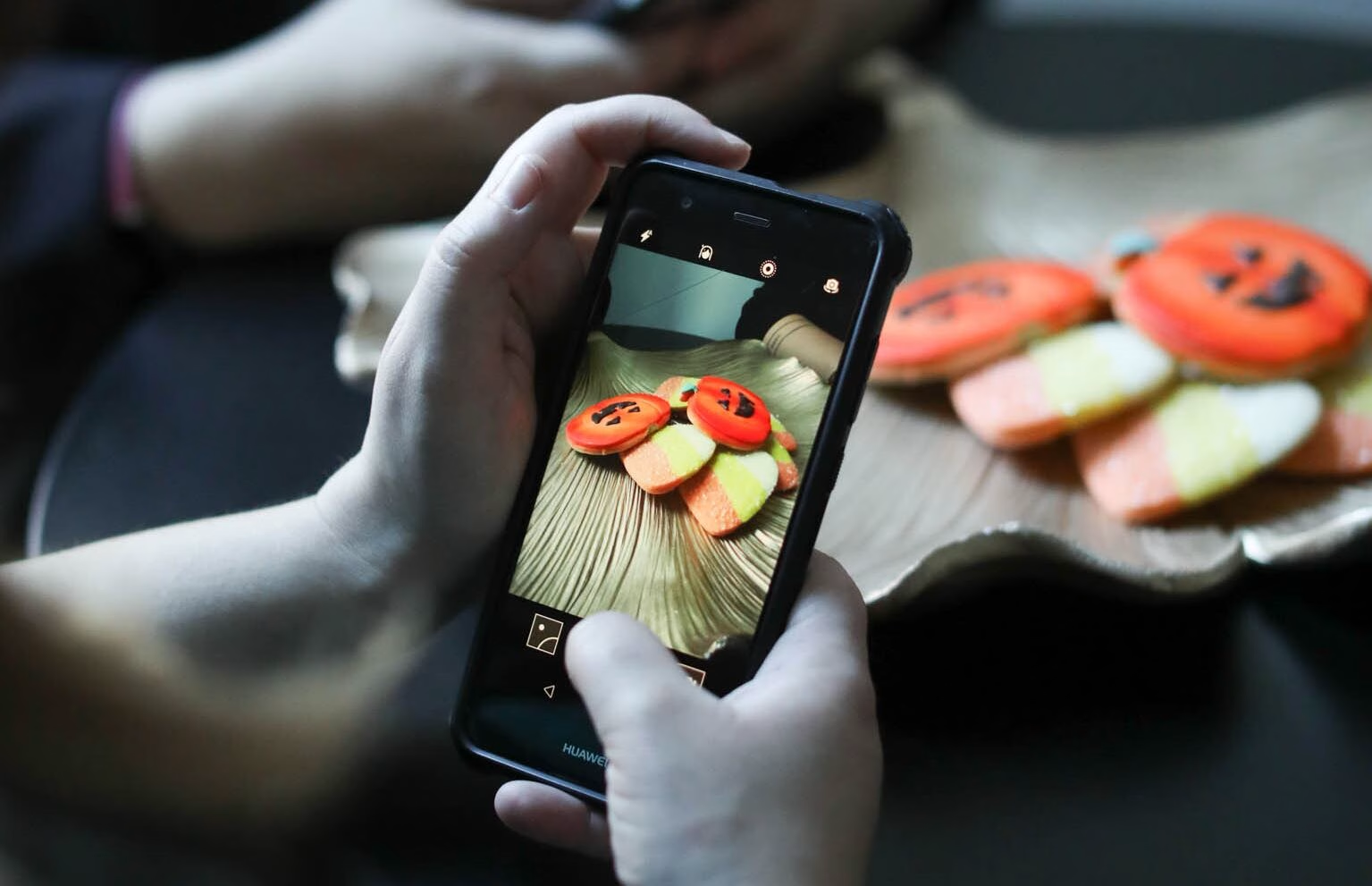Digital marketing is one of the most popular advertising trends of this century. Traditional styles of digital advertising (pop-up ads, banner ads, promotional image tiles) are often abrasive and intrusive. These ads interrupt a user’s experience with information that doesn’t necessarily reflect the user’s interests or fit into the content they’re consuming. Native advertising flows more naturally within a user’s internet stream as it combines advertising with content.
What is native advertising?
Native advertising also referred to as sponsored content, is a style of advertising that matches the form and function of the platform upon which it appears. It manifests as a video, article or editorial. This results in useful, engaging content that doesn’t feel like an advertisement. Native advertising doesn’t disrupt the user’s interaction with the page as it’s cohesive with the content, assimilated into the design and consistent with the platform. The viewer is left feeling like the ad belongs there. Brands and advertisers love native ads as the click-through rates tend to be higher than typical advertisements and engagement is usually much stronger.
Why choose native advertising?
Consumers have become resistant to traditional forms of advertising, including display ads and banner ads. Native advertising ensures that users enjoy the format in which the ad is presented. By tailoring advertising for a platform’s forms and functions, you can expose users to unique content that’s engaging. The Click-through rate of native ads is 40X more than classic display ads. 53% of consumers look at native ads more often than traditional display ads. 70% of audiences would rather learn about products from a native ad post than a traditional advertisement. 75% of consumers trust content and recommendations seen in an editorial environment. 68% of consumers trust ads seen in editorial environments. Native ads are 62% easier to understand than display ads and 31% easier to understand than social ads. It’s hard to argue with numbers like this! Native advertising is good for business.
Where do native ads show up?
Native ads appear as recommended content on websites, appearing below or beside the article you’re reading. They also appear as “in-feed” ads, part of your news feed on social networks (Facebook, Twitter). Native ads sometimes take the form of search/promoted listings that appear at the top of your Google search results, or in the sidebar. They can show up as an article/video on an internet publisher’s website.
Examples of native advertising
There are many types of native ads suited to different needs and formats. Following are a few examples:
- Advertorials: This type of advertising content shows up as an article/video on an internet publisher’s website. An advertorial provides detailed content relevant to the user’s interests while also connecting this content to your product or service.
- Promoted products: Companies feed ads to various online retailers as promoted products. These relevant products are on display for the user, at the top of their page, effectively turning consumer-facing websites into natural native advertising platforms.
- Search engine ads combine keywords with a native ad campaign, allowing companies to advertise relevant products and services at the top of anyone’s search results. These non-intrusive, display ads are branded content recommendations pertinent to the user’s initial inquiry.
- Social media posts build brand awareness by getting your ads directly into a person’s social media platform content feed. In-feed ads can be as simple as a photo with sponsorship info or as complex as a long-form native video that an influencer hosts. They appear as branded content in the regular flow of user content.
- Sponsored content can morph depending on where you see it online. The defining feature is some small designation saying it’s a sponsored post or paid content no matter where it shows up.
What are the benefits of native advertising?
Native ads are placed in a relevant and unobstructed context where they fit seamlessly, looking like all other articles/content around them. Native ads:
- Blend in: Rather than a distraction, native ads feel as though they are a feature of the user experience. Users interact as if the ad were part of the general feed of the website/platform.
- Feel relevant: As the content of a native ad is focused on the experience of the user and what the user is viewing, a sense of relevancy is created, encouraging engagement.
- Are effective: The Click-through rate of native ads is 40X more than classic display ads and 53% of consumers look at native ads more often than traditional display ads.
- Fight ad fatigue: When a user gets bored with viewing ads, they stop paying attention. Native ads blend with relevant, interesting, editorial content so the user tires less quickly.
- Increase brand awareness/recognition: Native ads work to raise interest in a brand’s services/products in an engaging and natural way. Audiences warm to the company without feeling duped into interacting with an annoying paid ad.
- Upgrade the online experience: Native ads are enjoyable! The high-quality, high-value content means these advertisements enhance the online experience.
Tips for creating effective native ads:
To create native ads that are effective, you need to know how to perfect the format. Following are tips for creating successful native ads.
- Aim for optimization: Take advantage of software and online tools to improve your advertising. Monitor click-through rates, conversions and other metrics to track customer interest and purchase intent. This data helps with retargeting your approach when necessary.
- Choose the right platform: Think about which online advertising is best for the ad format you’re planning. Learn to match medium to message.
- Know your target audience: Take out native ad space with your target audience in mind. Provide relevant editorial content, sponsored ads and other native advertising that fits in with their distinctive news feed.
- Understand the end goal: It’s difficult to structure and produce copy that has an impact without knowing what you’d like to achieve. Create a specific objective for each ad and let the call to action button determine the ad creation process.
- Make it valuable: Your content needs to provide value to your target audience. Make every word count. Consider the action you want the user to take and what content would be most appealing.
- Keep it personal: Solve a consumer’s problem(s) and provide information pertinent to their situation. Connect and entice. Figure out the challenges your audience faces and focus your ad copy on these difficulties.
- Make it natural: Write as you would speak. Natural is the most persuasive. When readers feel the content is aimed at them, they’ll engage.
- Use your brand name: Consumers make associations with your brand over time. Using your name in headlines and descriptions leads to more interactions, allowing buyers to learn about your brand and what solutions/services/products it offers.
- Keep it simple: Use short sentences, bullet points and relevant videos and images. Easy-to-read ads are less abrasive, making it more likely consumers will engage with your content and act on your CTA.
- Include a CTA (call to action): Always encourage consumers to perform an action (submit a form, read more content, discover more about a product/service, share, make a purchase, sign up for a newsletter, register for an event, register for a webinar, download a whitepaper, etc.).
Native advertising is an effective, affordable, engaging way for your brand/business to be seen. This form of advertising provides an alternative to overt digital ads that consumers deem invasive. Native advertising increases your clicks, sales and brand awareness, providing continual growth.
Interested in native advertising? Need assistance with your digital marketing strategy? Call CAYK at (403) 456-00720 or email [email protected]. Allow us to be your very own marketing department! Connect with our tightly-knit team of knowledgeable digital-first consultants, each eager to help your business grow. If you want the best digital marketing team in your corner, Contact us today. We’ll help you take your business to the next level.
How useful was this post?
Click on a star to rate it!
Average rating 0 / 5. Vote count: 0
No votes so far! Be the first to rate this post.















